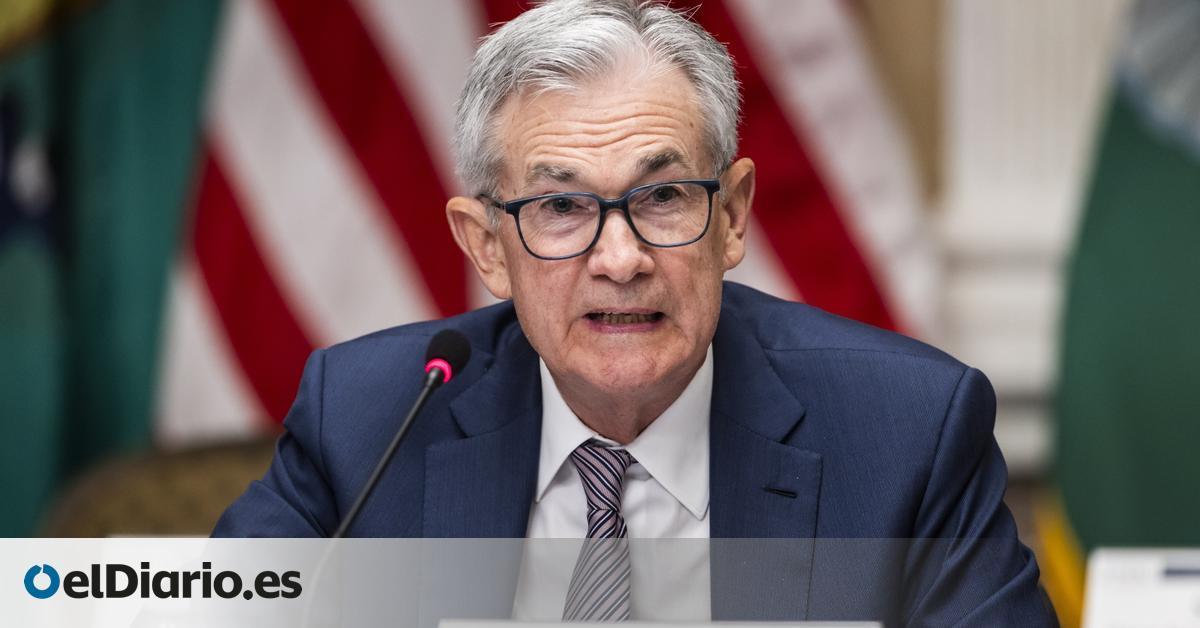
The United States Federal Reserve (Fed) announced this Wednesday that it is maintaining interest rates, the second consecutive respite after eleven increases since March of last year, but does not rule out raising them again if the situation demands it.
“The Committee will continue to evaluate additional (economic) information” to “determine the scope of additional policy tightening,” says the US central bank, which has decided to maintain rates at the current range of 5.25% and 5. 5%, its highest level since 2001.
For now, the extent of the effects of rate hikes “remains uncertain,” the Fed added, insisting that the committee “would be prepared to adjust the monetary policy stance as appropriate if risks arise that could impede achievement.” of the objectives” of returning inflation to 2%.
It could be, therefore, that the Fed makes some increase in the meeting it has before the end of the year, on December 12 and 13.
As after every meeting, the Fed said in its statement that the Federal Open Market Committee (FOMC) will continue to evaluate the economic data that are known in the coming weeks and the effects that monetary policy is having on them. .
The tone used by the president of the Fed, Jerome Powell, at a press conference will be essential to know if there will be more increases soon and also to know how long rates will remain high as they are now, with figures that have not been seen since 2001.
Recent economic indicators, the Fed notes, suggest “that economic activity expanded at a strong pace in the third quarter,” while “employment growth has moderated since the beginning of the year, but remains strong” and “ “Inflation remains high.”
“Tighter financial and credit conditions for households and businesses are likely to affect economic activity, hiring and inflation,” the Reserve notes.
Until June of this year, in all their meetings since the streak of increases began, the members of the FOMC, the body in charge of deciding whether or not to raise rates, decided to raise them.
After the pause in June, they increased them again in July and in September they again chose to pause the increases.
This pause occurs in a complex context for inflation. After a streak of more than a year of declines from the peak of 9.1% reached in June 2022, prices registered an increase of five tenths in August, up to 3.7%, the second consecutive increase and remained at the same figure in September.
However, the annual rate of core inflation, which measures the rise in prices without taking into account energy or food – and is one of the indicators on which the Fed focuses most to make its decisions – fell two tenths in September and confirmed its downward trend.
It also occurs when the United States has registered an unexpected rebound in its gross domestic product, advancing 1.2% in the third quarter, with an annual growth rate of 4.9%, according to data published last week by the Bureau of Economic Statistics (BEA).
Regarding the labor market, another of the key data that the Fed analyzes to decide possible increases, job creation in the month of September remained robust, with 336,000 net new jobs, and the rate remained stable at 3.8 %.
Source: www.eldiario.es

